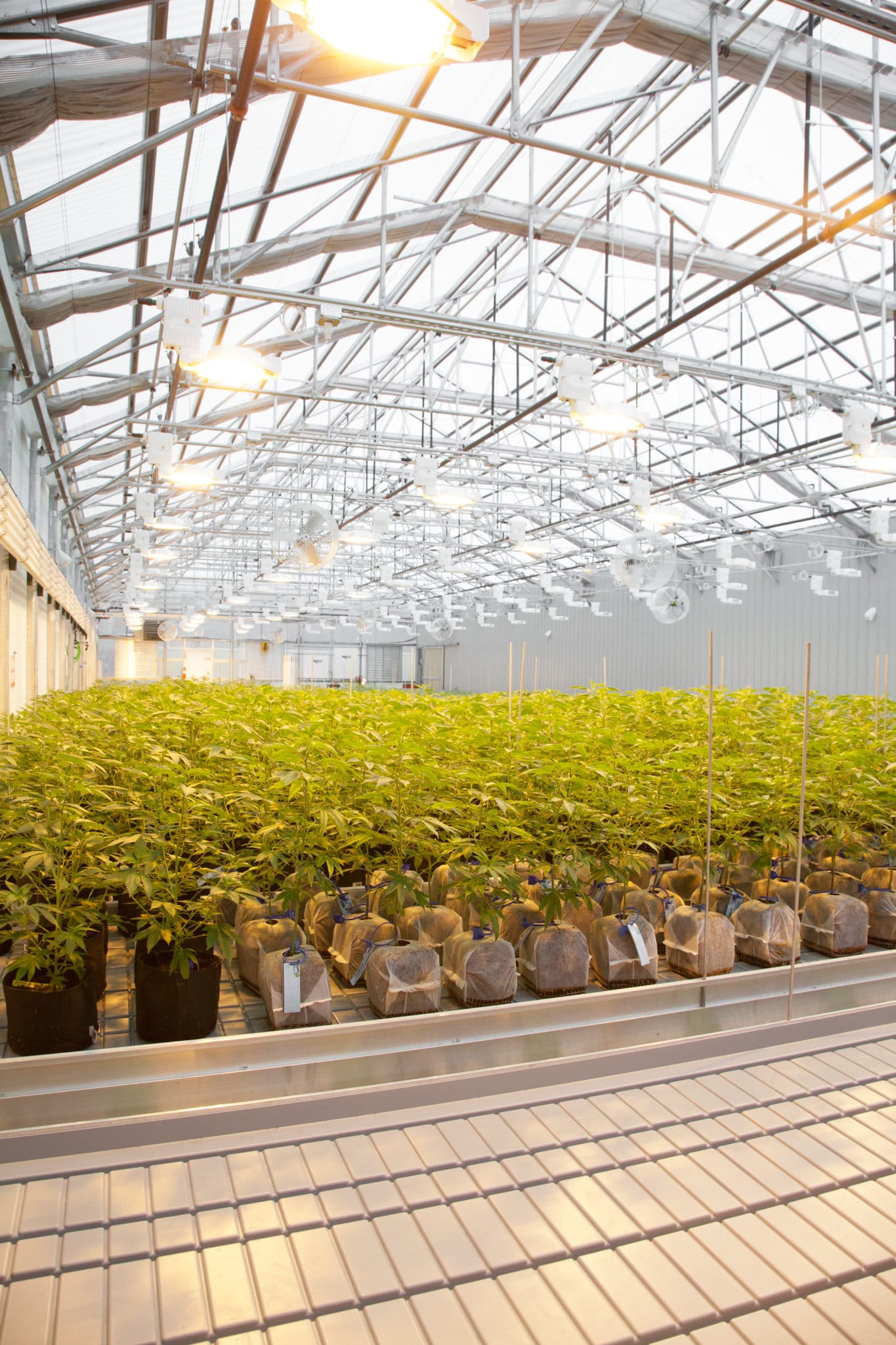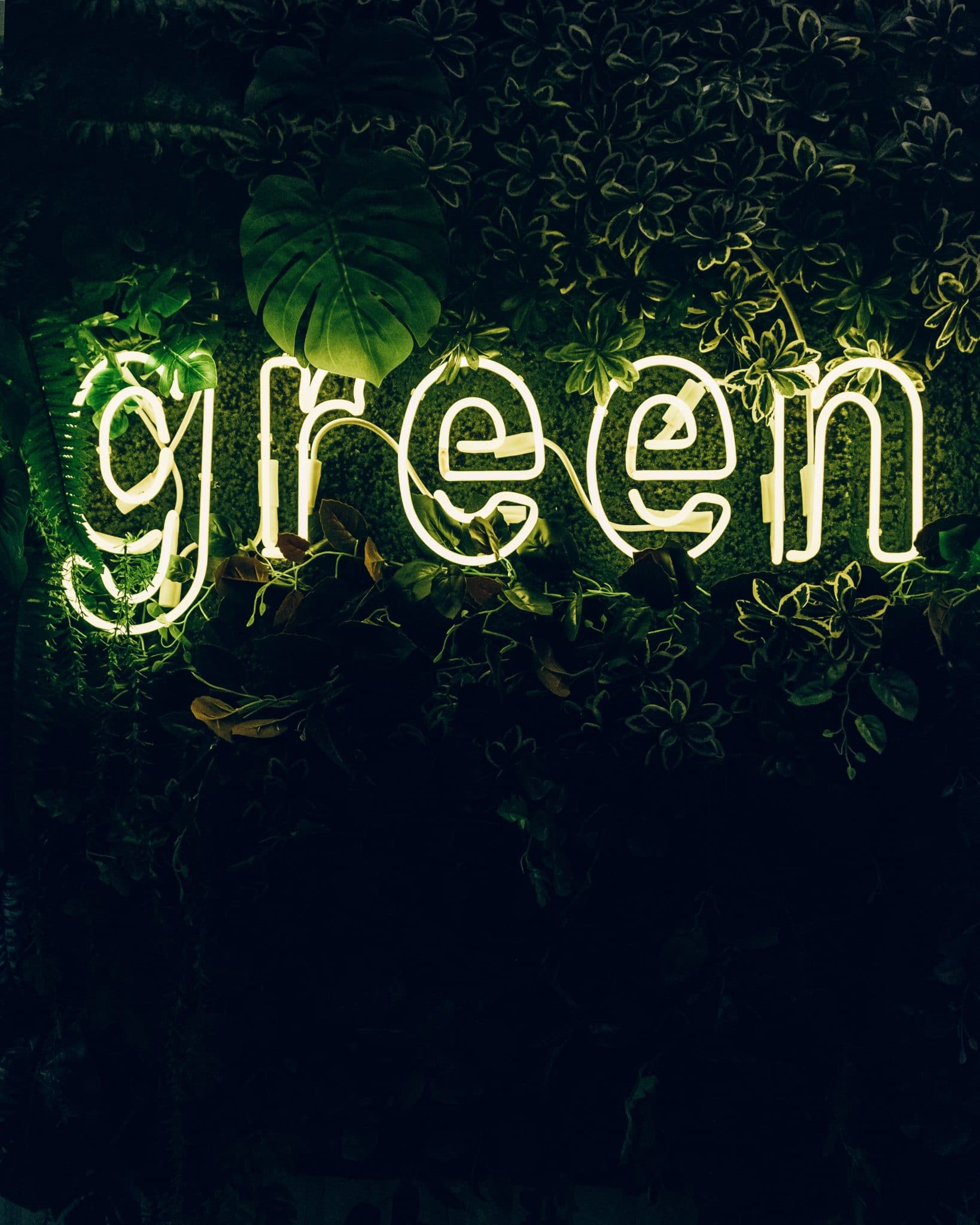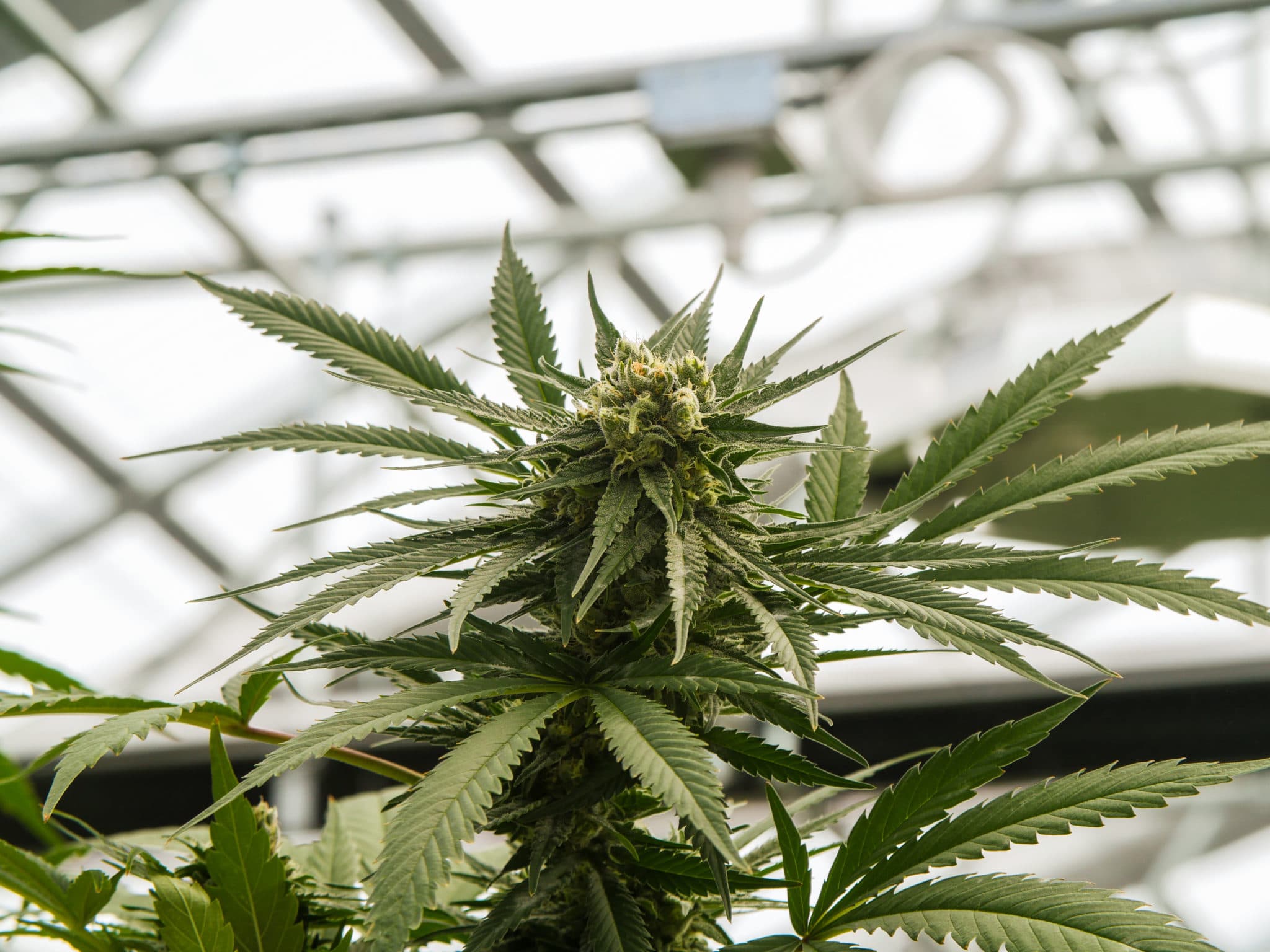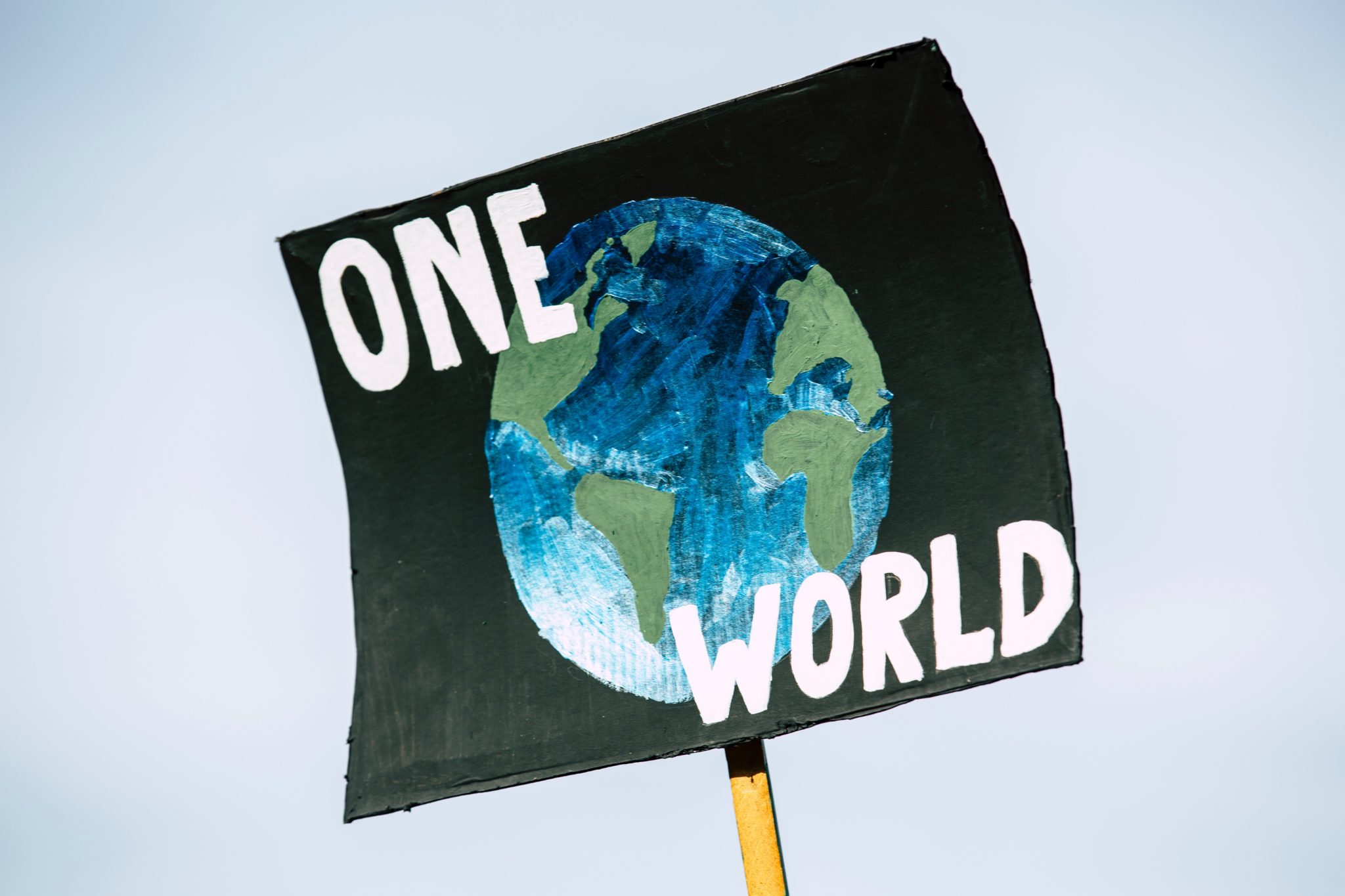The modern cannabis industry has a significant environmental impact. Here is what we’re doing to help usher in a new era of sustainability.
Cannabis has a long history of human consumption – it’s one of humanity’s oldest cultivated crops. Cultivation flourished worldwide until the Marijuana Tax Act of 1937.
Now, in the wake of widespread legalization and decriminalization, cannabis has gone from an illegal herb to a thriving, billion-dollar industry.
But aspects of this Green Empire are making the environment go up in smoke.
Modern cultivation practices have come a long way from the days when the Ancient Mesopotamians and colonial Americans grew cannabis.
Of course, outdoor grow operations still utilize fields and sun, but the recent rise of indoor and greenhouse cultivations creates significant sustainability challenges.
Cultivators must constantly refine their operations as the commercial cannabis industry continues to flower.
What are some of the sustainability challenges faced by the cannabis industry as it grows?
As the cannabis industry slowly becomes more regulated, more brands and cultivators are adopting sustainable practices.
Still, there are many roadblocks.
With prohibition still standing in the way of federal funding, research, and support, there has been a woeful lack of studies and information regarding modern cannabis cultivation and how it impacts the climate.
But cultivation facilities open every day, and with no oversight, these facilities rarely implement environmentally friendly and sustainable production methods.
Naturally, with accelerated industrial growth comes a high carbon footprint.
Researchers began to see the urgent need to understand how modern outdoor, indoor, and greenhouse grow operations impacted the climate.
Their studies revealed that increased legal cultivation was beating the hell out of the environment.
In some instances, cultivation was depleting energy, overwhelming water systems with irrigation, and threatening air quality with increased carbon emissions.
Cannabis production was choking out rivers and hotboxing our atmosphere.
The study results aren’t shocking when you consider that cannabis is a resource-depleting, intensive process.
Brands and cultivators have taken note. Many are working together on comprehensive sustainability initiatives.
We’re one of those brands. Sustainability has always been top-of-mind, but Lightshade has taken things to the next level over the last two years.
We opened our state-of-the-art greenhouse operation in the summer of 2019. The Greenhouse comprises almost 2/3rds of Lightshade’s total cultivation footprint. And we’ve used significantly less lighting in the greenhouse because it harnesses the sun.
The facility does not use mechanical cooling or dehumidification, two of the main drivers of carbon emissions in indoor cannabis cultivation facilities.
In the fall of 2019, Lightshade’s owners brought in CSU grads Dan Banks and Nick Drury as their Vice President of Cultivation (Dan) and Senior Vice President of Cultivation (Nick).
Dan and Nick understand industrial agriculture and horticulture science, and they’re using their knowledge to make Lightshade’s cultivation more sustainable.
Our sustainability initiatives have increased substantially across all of our cultivation facilities yields in just under two years. Some of these initiatives include:
Energy Efficiency
Denver dedicated 4% of its electricity to cannabis production as of 2018.
That’s a startling revelation. Or is it?
Indoor grow operations are energy hogs with constant artificial lighting, ventilation, and temperature controls.
Lightshade signed on with Xcel Energy’s Strategic Energy Management (SEM) program to help take some strain off the city’s power grid in the fall of 2020. The program isn’t new, but Xcel only recently opened access to the cannabis industry. Lightshade is one of its first participants.
Xcel and Cascade Energy connected Lightshade with Jake Mitchell and Damien Markiewicz from the woman-owned sustainability-focused consulting firm, Resource Innovations to take on the project.
Mitchell and Markiewicz have backgrounds in climate action planning for cities and states and strategic sustainability planning for private industries.
With nine years of sustainability consultation (five in the cannabis industry) under his belt, Mitchell is a valuable Strategic Energy Management program resource.
“Energy and production are the main factors that we’re looking at here,” explains Mitchell, “but we also look at water usage, CO2, and waste, and other aspects of the facility for a holistic approach.”
Jake and Damien are working closely with Dan and Nick to identify opportunities to increase energy efficiency across all of Lightshade’s cultivation facilities, including its greenhouse.

“All of our flowering areas and cultivation across all of our facilities are in the process of switching from high-pressure sodium lighting to LED lighting,” notes Dan Banks. “That’s going to allow us to increase lighting intensity, especially in our indoor cultivation facilities, while at the same time lowering the amount of overall energy used.”
Lightshade is now projected to increase its lighting intensity by a quarter with this LED overhaul. That amount will offset enough electricity to power up to over 300 homes.
Xcel is committed to reducing peak energy demand during the summer by decreasing the demand on the grid between 2 pm and 6 pm.
With this in mind, Lightshade switched their vegetative lighting cycles across all facilities, which typically consists of 18 to 20 hours of light with 4 to 6 hours of darkness, so that their downtime falls during those peak demand hours.
Lightshade also reduces the impact of flower lighting by utilizing the sun at the greenhouse, altering indoor light cycles to reduce consumption during peak times, and using dimmers to lower energy usage during early flower when lighting intensity does not need to be as high.
Once we complete the LED overhaul this summer, we expect a reduction in power usage and waste (lighting fixtures, bulbs, and more) and increased lighting intensity and productivity.

Integrated Pest Management
We’re also taking a more natural (and sustainable) approach to pest management.
Pesticides threaten biodiversity. They contaminate soil, vegetation, and water and increase greenhouse gas emissions. Lightshade uses some organic pesticides, but only as a last resort.
Dan Banks (who minored in entomology) is leveraging facility-specific scouting, biocontrols, and altered cultural practices to reduce the need for pesticides by implementing integrated pest management (IPM) tailored to each of our cultivation facilities.
Banks explains, “We use insects or mites that are predators of pest species. They’re predators that essentially eat their prey.”
For example, we’re eliminating Aphids with natural predators like Green Lacewing larvae and a parasitoid wasp (a parasite that kills its host), which both naturally feed off Aphids.
“Crop protection is one of the things I’ve done a lot in cannabis,” says Banks, “We want to put less harmful chemicals into the environment and produce a cleaner product.”
Water Use and Re-Use
Perhaps the biggest win so far for Banks and Drury has been reducing Lightsade’s water usage by a whopping 1.2 million gallons in just one year.
Introducing a water recirculation system into the new greenhouse operation and a drip system made it possible.
“We invested in a water recapture system, so when the plants are fertigated, which delivers irrigation water and nutrients at the same time, all of the runoff is re-captured and re-used,” explains Banks, “The water then comes back in and is treated, before going back into the nutrient holding tanks, so all of that run-off that goes out is recaptured and reused as opposed to just having it go down the drain.”
Initially, Lightshade’s Greenhouse, built using a palletized benching system, relied on an ebb-and-flood watering system. Even after commissioning the water recapture system, this irrigation style still wasted a large amount of water due to evaporation.

Drury tapped another CSU graduate, Forrest Benson of Redstone irrigation, to help the Lightshade team design a custom modular drip system that would work with our palletized benching. Drury’s expertise in nutrient management and plant pathology was also crucial in revising the nutrient recipes and devising the water treatment protocols necessary to reuse the captured run-off.
Of course, COVID slowed the progress of our sustainability initiatives. However, we were still able to compile a great deal of data on water usage and re-circulation at the greenhouse.
And those results reflected the system’s benefits when it came to recycling and treating captured irrigation water from the plants, which in turn increased water use efficiency while reducing the burden on the municipal water system.
1.2 million gallons is a significant water-use reduction. But we’ve still got room for improvement; please check back later this year for an update on total water usage at the greenhouse!

What’s the future of cannabis sustainability?
We’ve made significant sustainability strides in just one year. But our journey is only beginning.
We understand sustainability is holistic and must be a core component of our company values. Jake and Damien understand this, too.
“It has to be systemic – it has to be a virtue and a value that the company holds in its decision-making process.” Mitchell asserts.
The Lightshade team is continually exploring new ways to incorporate sustainability. We’re making constant changes, including compressed coco coir growing medium, recycling nitrile gloves, high-efficiency under-bench heating, better insulating our indoor facilities to reduce HVAC needs, and constantly looking for new sustainable solutions.
From our budtenders to our cultivation teams and executive leadership, we’ve empowered our employees to voice their sustainability concerns, ideas, and opinions. And we’re committed to educating others in our industry.
Banks and Drury represent Lightshade as participants in the Denver Cannabis Sustainability Work Group (DCSWG). As part of those efforts, they provide feedback and updates for the City of Denver’s Cannabis Environmental Best Management Practices Guide. The guide is updated annually and gives cannabis producers insights and resources to help their operations be more sustainable.
Banks serves as the Co-Chair of the DCSWG’s Commercialization Committee, which brings together cultivators and sustainability-focused businesses to increase cooperation and make sustainability resources more available to other cultivators.
The possibilities for sustainability-focused improvements are endless right now, and the future of sustainability in the cannabis industry looks bright.
Lightshade is proud to be a part of this growing industry and help mature its processes. We can help humans and our planet and still produce premium flower!